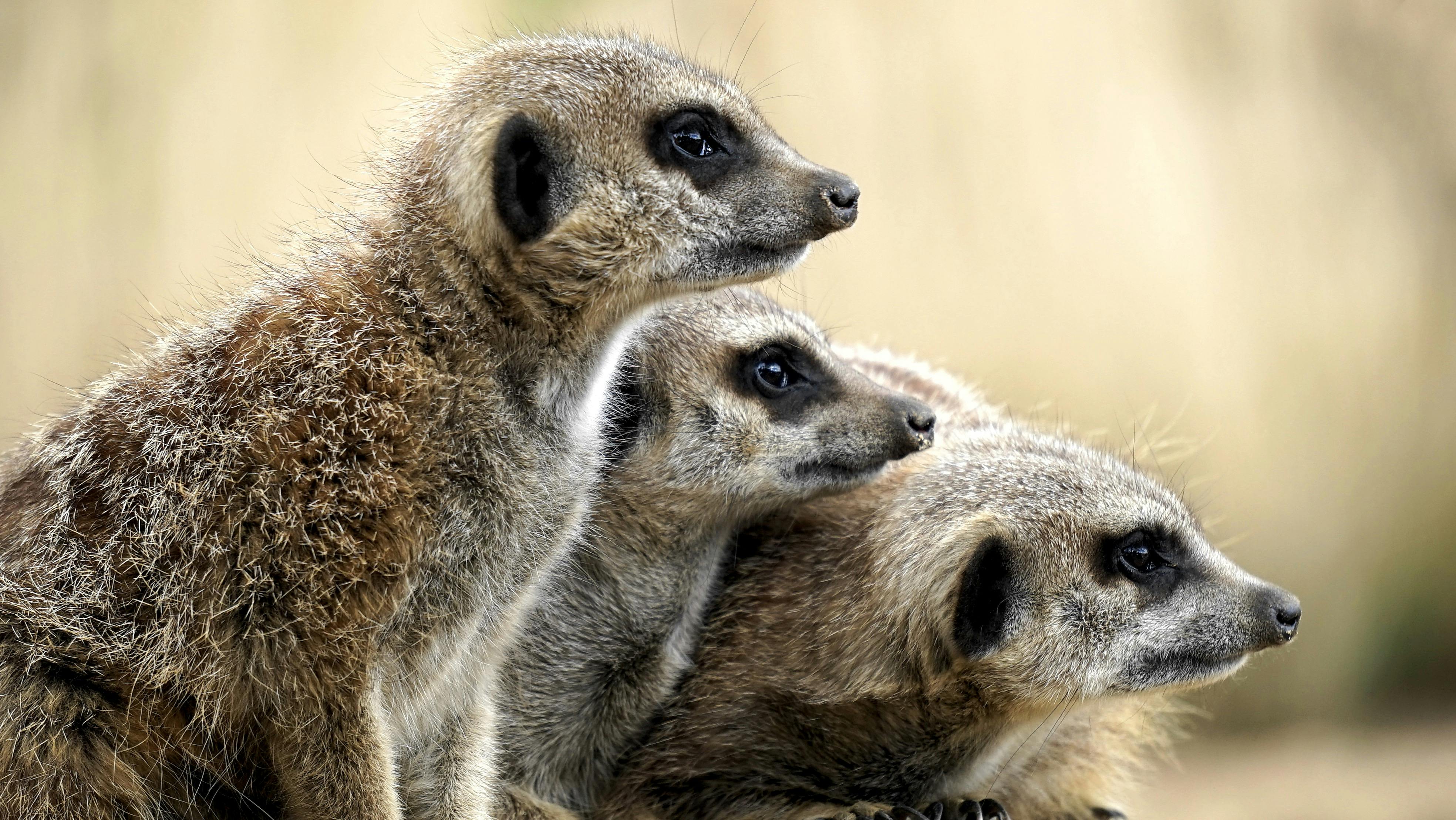Understanding the Intricate Social Structure of Meerkat Colonies
The Kalahari Desert, stretching across vast regions of Botswana, Namibia, and South Africa, is home to a remarkable array of wildlife. Among these, the small, burrowing mammal known as the meerkat (Suricata suricatta), has fascinated researchers and animal enthusiasts alike for its complex social behavior and survival strategies in the harsh desert environment.

Delving into Meerkat Society
Meerkats live in large, tightly knit social groups known as ‘clans’ or ‘gangs’, which can consist of up to 50 individuals. This social structure is matriarchal, with a dominant female, or ‘queen’, at the head. The queen, along with a single dominant male, are the primary breeders of the group, while the rest of the clan takes on the roles of babysitters, sentinels, and foragers.
The Remarkable Role Distribution
In meerkat society, every member has a specific role. The sentinels are the guardians, keeping a vigilant watch for threats while the rest of the group forages. The babysitters look after the pups, protect them from predators, and teach them the skills needed for survival. Interestingly, these roles are not static and can change based on the needs of the clan.
Survival Tactics of the Desert Dwellers
Meerkats have developed several strategies for survival in the harsh desert environment. For instance, they can close their ears to keep out sand while digging. They also have a unique alarm call system, where different predator types trigger various calls, helping the group take the appropriate defensive action.
The Impact on the Pet Trade
While their fascinating behavior has made meerkats popular in media and pet trade, it’s important to note that they are not domestic animals. Their complex social needs, aggressive nature when threatened, and dietary requirements make them unsuitable as pets. In the UK, keeping meerkats as pets is illegal without a license, reflecting the growing awareness and respect for these wild creatures’ unique needs.
The Changing Dynamics of Meerkat Research
Current research on meerkats has shifted towards understanding their cognitive abilities and the impact of climate change on their behavior and survival. A study published in 2021 revealed that meerkats can recognize the voices of group members, indicating a higher level of social cognition than previously assumed. As we continue to unravel the intricate lives of these desert dwellers, it serves as a reminder of our responsibility to protect and respect the diverse forms of life with whom we share this planet.





